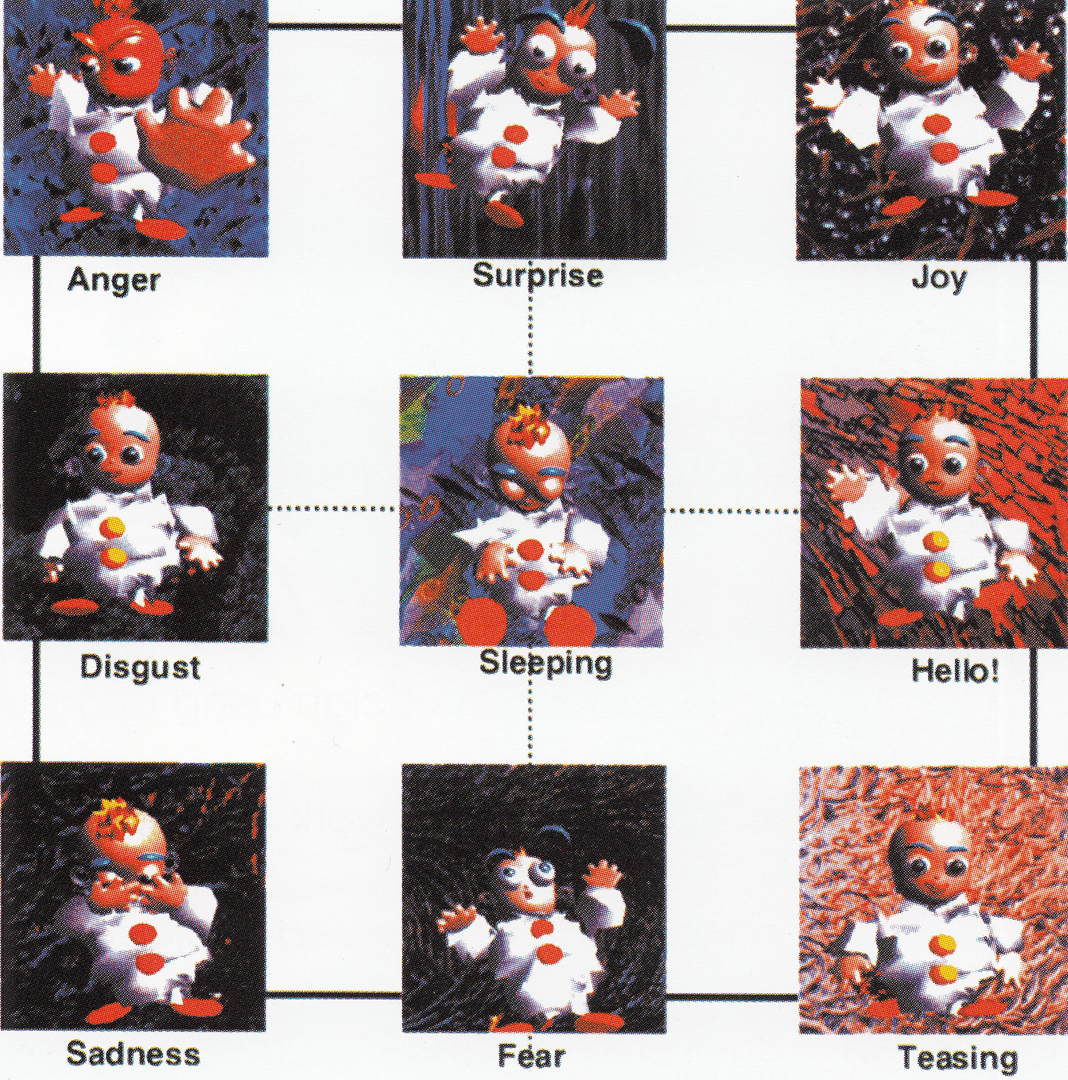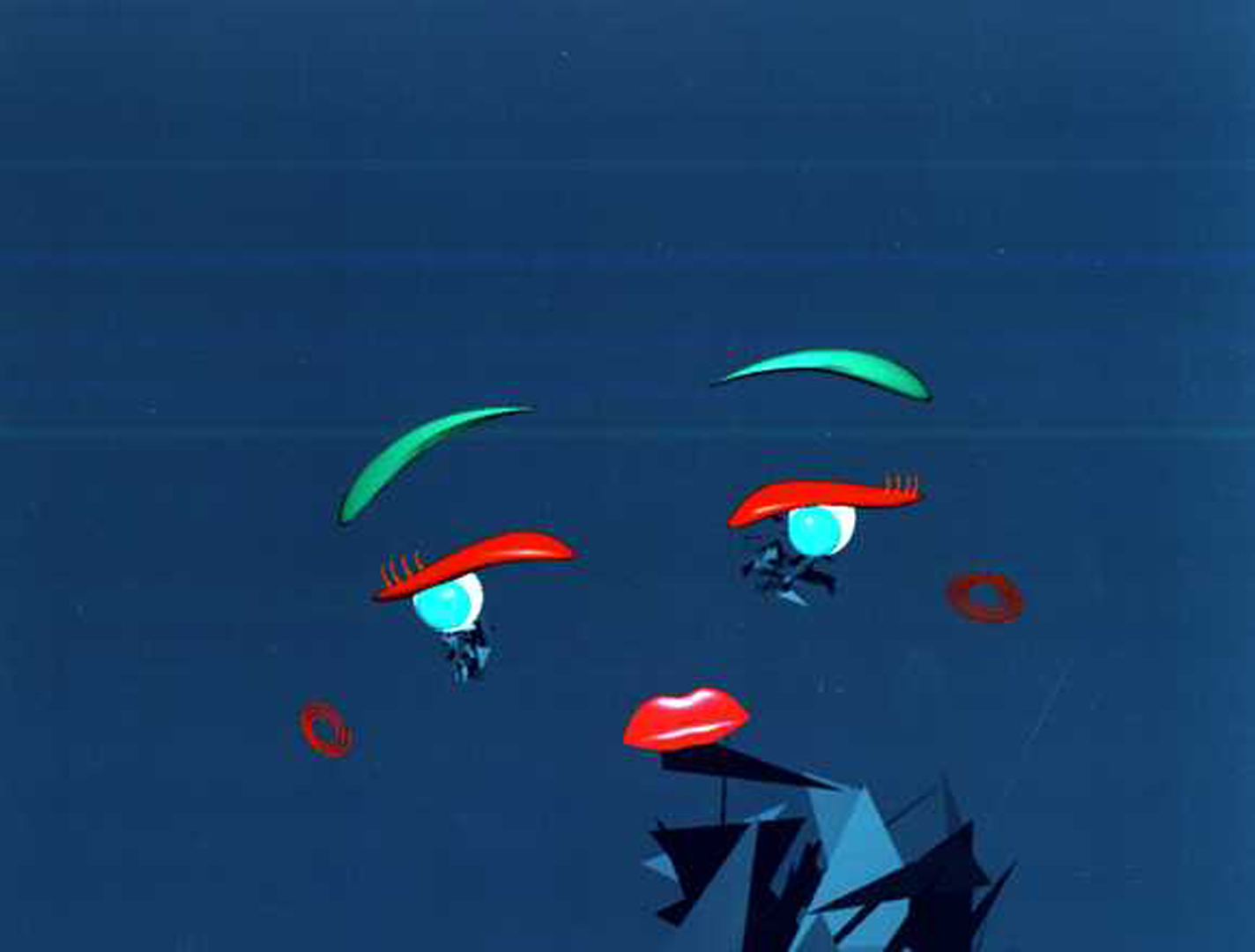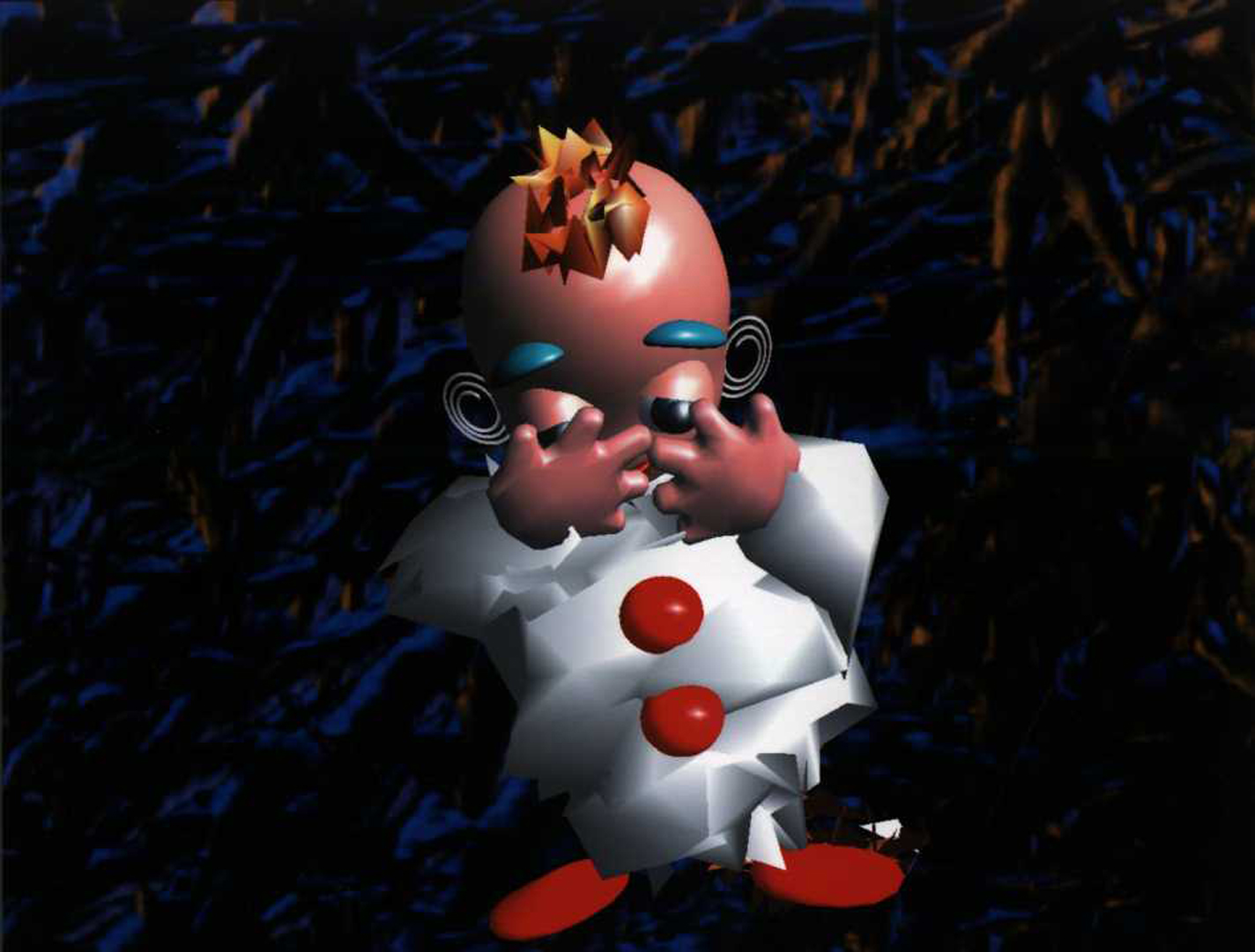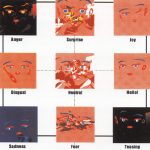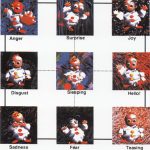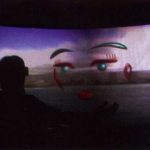Naoko Tosa, Ryohei Nakatsu: Mic and Muse
Title:
Artist(s) and People Involved:
Exhibiting Artist(s):
-
Naoko Tosa
-
- Academic Center for Computing and Media Studies
- Kyoto University
-
Ryohei Nakatsu
-
- Academic Center for Computing and Media Studies
- Kyoto University
Symposium:
Venue(s):
Artist Statement:
Interactive Virtual Drama: Body Communication Actor “MIC” and Poetic Communication Actress “MUSE”
Why do people, regardless of age or gender, have an affinity for objects manifested in the human form? From the earthen figures of ancient times to mechanical dolls, teddy bears and robots, is it not true that man has conceived such objects in his imagination, then formed attachments and transferred emotions to them? We address the issues of communication and the esthetics of artificial life that possess this “human form” in modern society, both from artistic and engineering standpoints. As we create a virtual life that is nothing short of an artificial life, and communicate with this life itself, we have to ask where our future is leading us. An example is presented in which emotions are interpreted from human voices, and emotional responses are triggered within the interactive setting of Maturing Neuro-Baby , “MIC & MUSE.” “Neuro-Baby” (NB) is a communication tool with its own personality and character, including emotional modeling, such as reacting to changing voices, facial expressions and behavior. Based on the experiences of developing the early version of NB, we started the development of a revised version, “Maturing Neuro- Baby”. The basic improvements in Maturing Neuro- Baby are the following. The Neuro-Baby character customizes itself to individual human communication partners by learning. Leaning is achieved by Artificial Neural Networks(ANN) mapping from the input signal emotional state of the NB (recognition mapping), to an appropriate expression showing the response by the NB (expression mapping). “MIC” is a male child character. He has a cuteness that makes humans want to speak to him. MIC recognizes several emotions (joy, anger, surprise, sadness, disgust, teasing, fear) from the intonation of the human voice. People use a microphone when communicating with MIC. For example, if one whistles, MIC’s feeling will be positive and he will respond with excitement. If the speaker’s voice is low and strong , MIC will feel poorly and become angry. “MUSE” is a goddess. She is very expressive, has refined manners, is feminine, sensual, and erotic. MUSE’s emotions are generated by a musical grammar. For example (joy — rising musical scale, anger— vigoroso, sadness — volante, disgust— discord, teasing— scherzando, fear– pesante) People can communicate with MUSE in an improvisational manner by means of a musical installation. From the standpoint of an artist, it is interactive art based on communication and on creatures that have a real ability to participate in an interactive process. Moreover, we think that by selecting a “human” – the creature with which we realistically communicate the most – we establish a condition that demands a creative character from a creature. From an engineering standpoint, we have come to the conclusion that if we want to create life-like characters, we have to develop non-verbal communication technologies. These are expected to give characters the capability of achieving heartfelt communication with humans by exchanging emotional messages. These life-like characters, or “androids”, will unravel a new point of view in a new direction which allows the blending of art, computer science, psychology, and philosophy in a kind of novel research on realistic human expression.
Additional Images:
- Tosa, Nakatsu: Mic and Muse

